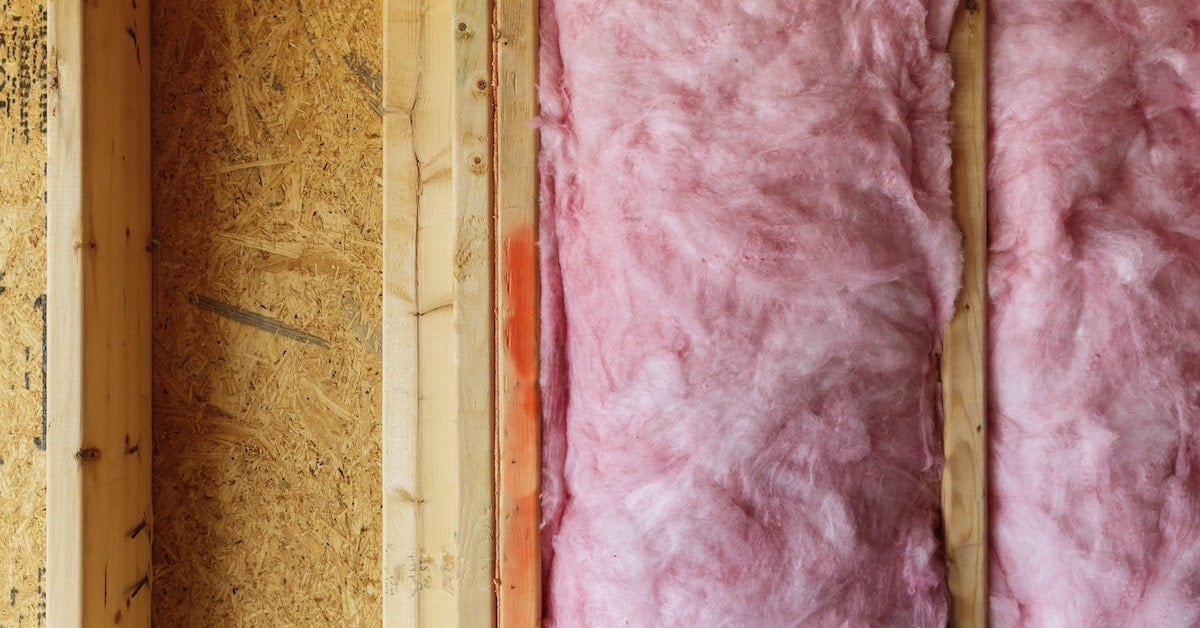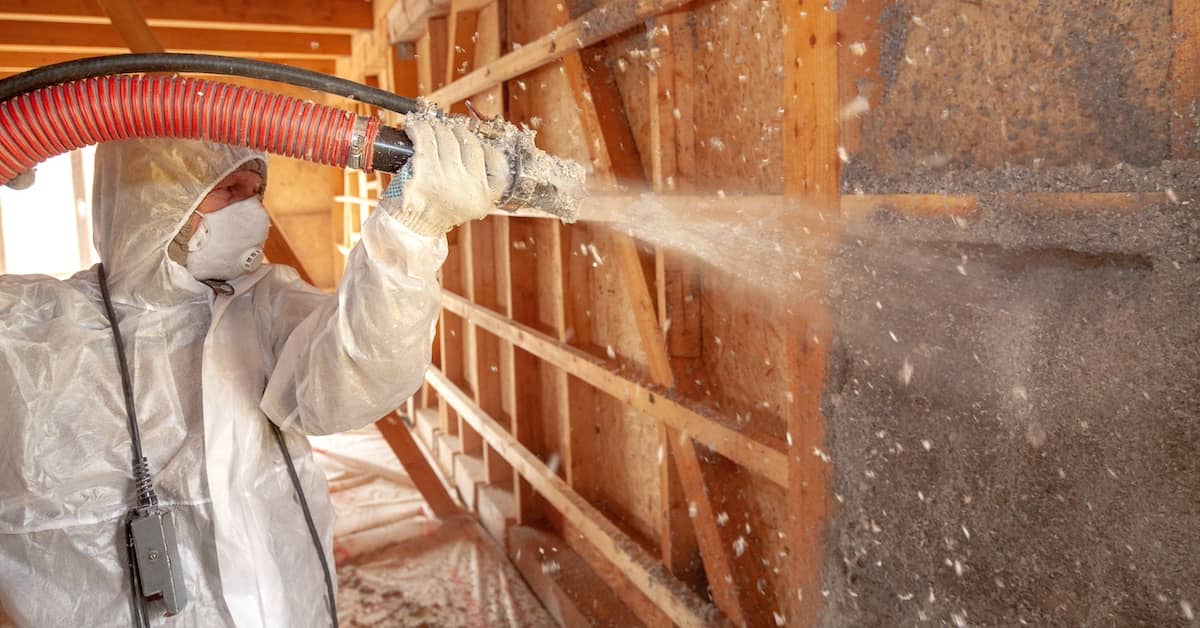
What Is the Best Insulation for Walls?
There is no one-size-fits-all choice when it comes to insulation for walls. Insulation professionals can fully assess your home and recommend the ideal option based on your needs and goals.
At REenergizeCO, we specialize in insulation for all areas of the house. Contact us to learn how insulation for walls can help you reduce energy usage and save on your utility bills each month!
What Is the Best Insulation Material for Walls?
Choosing the right insulation material is the key to maximizing indoor comfort, efficiency, and energy savings. There are several different options for insulating the existing walls of a home:
Loose-Fill or Blown-In Insulation
Usually made from fiberglass or cellulose, loose-fill insulation is a great way to “top off” the insulation inside the wall. Because it requires a small incision in the wall and special equipment to blow the insulation into the wall cavity, we recommend professional installation.
REenergizeCO uses a drill-and-fill method. We cut a 4″ hole into each wall bay, then dense pack fiberglass insulation to R13+ on a 2×4 or R19+ on a 2×6 wall.
As a rule, we find that loose-fill insulation is often the ideal option for insulating walls.
Insulation Batts and Rolls
Fiberglass or cellulose batts and rolls are commonly used to insulate unfinished walls or the walls of a home that is under construction. They are generally not recommended for enclosed wall cavities because the existing wall needs to be removed first.
Rigid Foam Boards
Foam boards have several applications when it comes to insulation for walls:
- Insulating the foundation walls of a crawl space
- Sheathing for exterior walls
- Interior sheathing for the walls of a basement
Generally speaking, rigid foam board insulation is installed on the interior or exterior of walls during new construction. However, it can be extremely effective for insulating the foundation of a crawl space that wasn’t previously insulated.
How Wall Insulation Works
Wall insulation acts as a thermal barrier within the walls of a building. It maintains a comfortable indoor temperature by regulating the transfer of heat between the indoors and the outdoors.
When the weather is cold, insulation prevents the warmth generated inside the home from escaping to the outside. Conversely, when the weather is hot, insulation keeps hot air from the exterior outside while keeping cool air inside.
Insulation for walls is essential for making your home energy efficient and reducing heating and cooling costs. Proper insulation is also crucial for maintaining consistent indoor temperatures, keeping you comfortable throughout the year.
What Is the Best R-Value for Wall Insulation?
The R-value of insulation measures its thermal resistance, or how effectively it resists the flow of heat. A higher R-value signifies superior prevention of heat transfer.
Understanding the R-value helps determine the appropriate insulation thickness needed to achieve the desired energy efficiency and comfort level in your home. Colorado’s Front Range has a cool, dry climate. The recommended R-values are based on the local climate, as well as the construction of the wall.
What Is the Highest R-Value Insulation for a 2×4 Wall?
Most walls are framed using 2×4 wooden boards. For homes in Colorado, the minimum R-value for a 2×4 above-grade wall (i.e., a wall above ground level) is R-13. Walls below grade (such as the crawl space, basement, etc.) should be R-19 or higher.
What Is the Highest R-Value Insulation for a 2×6 Wall?
2×6 walls can hold more insulation. The Department of Energy recommends a value between R-19 and R-21 for these thicker walls, regardless of whether the wall is above- or below-grade.
What Is the Best Insulation for Exterior Walls?
Exterior walls form the outer envelope of the house. Homebuilders today may use foam board insulation in the construction of modern houses. This is an ideal start for regulating temperatures and controlling energy use
Exterior walls with insufficient or degraded insulation should be retrofitted with either blown-in insulation or batts. The decision generally comes down to the size of the open wall cavity. Loose-fill fiberglass or cellulose can be blown in through a small hole, while the walls will need to be opened up to hang insulation rolls.
What Is the Best Insulation for Interior Walls?
Interior walls create partitions between rooms. Even today, they are not always insulated during construction.
Adding insulation to interior walls may improve the energy efficiency of your home. It can also be beneficial for sound dampening and controlling moisture.
Batts and loose-fill insulation are both suitable options for insulating interior walls. The choice comes down to the condition of the current insulation (if applicable), your needs, your budget, and any concerns you have about creating an opening in the wall.
Need Insulation for Walls? REenergizeCO Can Help!
Before investing in home insulation, it is important to know what’s causing inefficiencies and high energy bills. A home energy audit can provide the insights you need to make informed decisions about upgrading your wall insulation.
Experts at REenergizeCO assess the insulation in the walls and other areas of your house. We prepare a complete report on your home’s energy efficiency and provide targeted recommendations for improving performance.
Contact REenergizeCO today to find the best insulation for wall cavities. We serve homeowners in Denver, Fort Collins, and throughout the Colorado Front Range.
"*" indicates required fields

